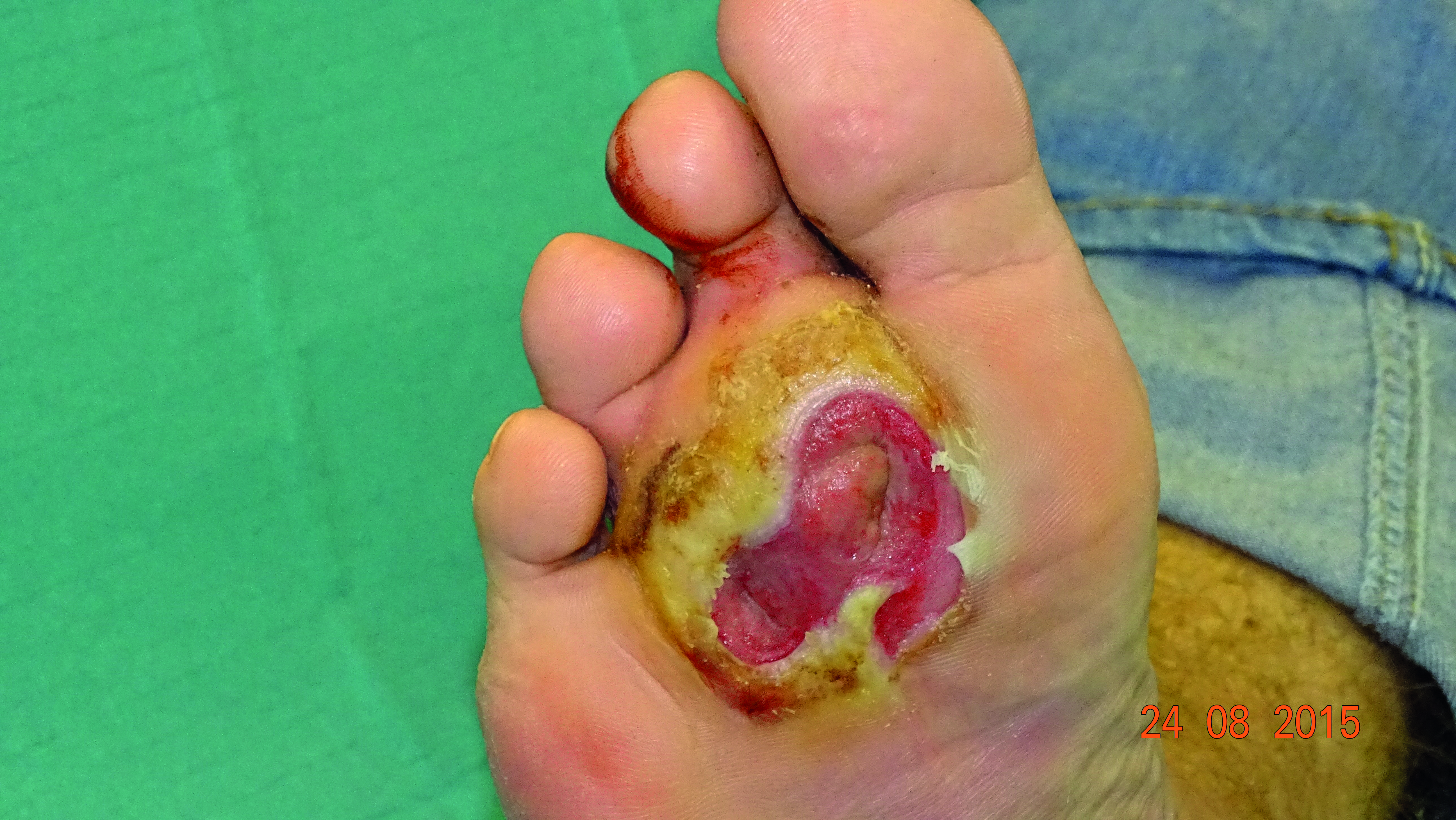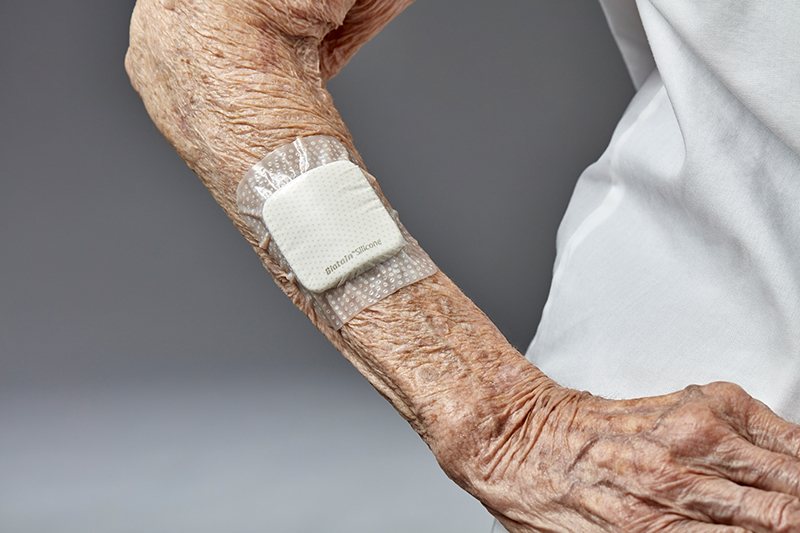Get full access with a free account
Benefits of the Coloplast® Professional Educational platform
- Get full access to all educational content, events and resources
- Track your progress
- Share content with your collegues
- Share supporting material with your patient
Understanding acute wounds
In this section, you’ll learn:
What is an acute wound?
An acute wound is a sudden injury to the skin. Acute wounds can happen anywhere on the body. They range in depth from superficial scratches to deep, penetrating wounds.1
Healing vs non-healing acute wounds
Acute wounds can either be healing or non-healing wounds. Healing wounds are usually caused by a one-off injury or trauma. They follow a normal healing process that is stable and predictable.1
In non-healing acute wounds, the normal healing process is disrupted. This can happen for two reasons:
- the wound doesn’t respond to treatment, and/or
- the treatment demands are too much for your patient’s physical health, tolerance or stamina.2
Remember: All acute wounds can become non-healing wounds if they’re not properly managed.
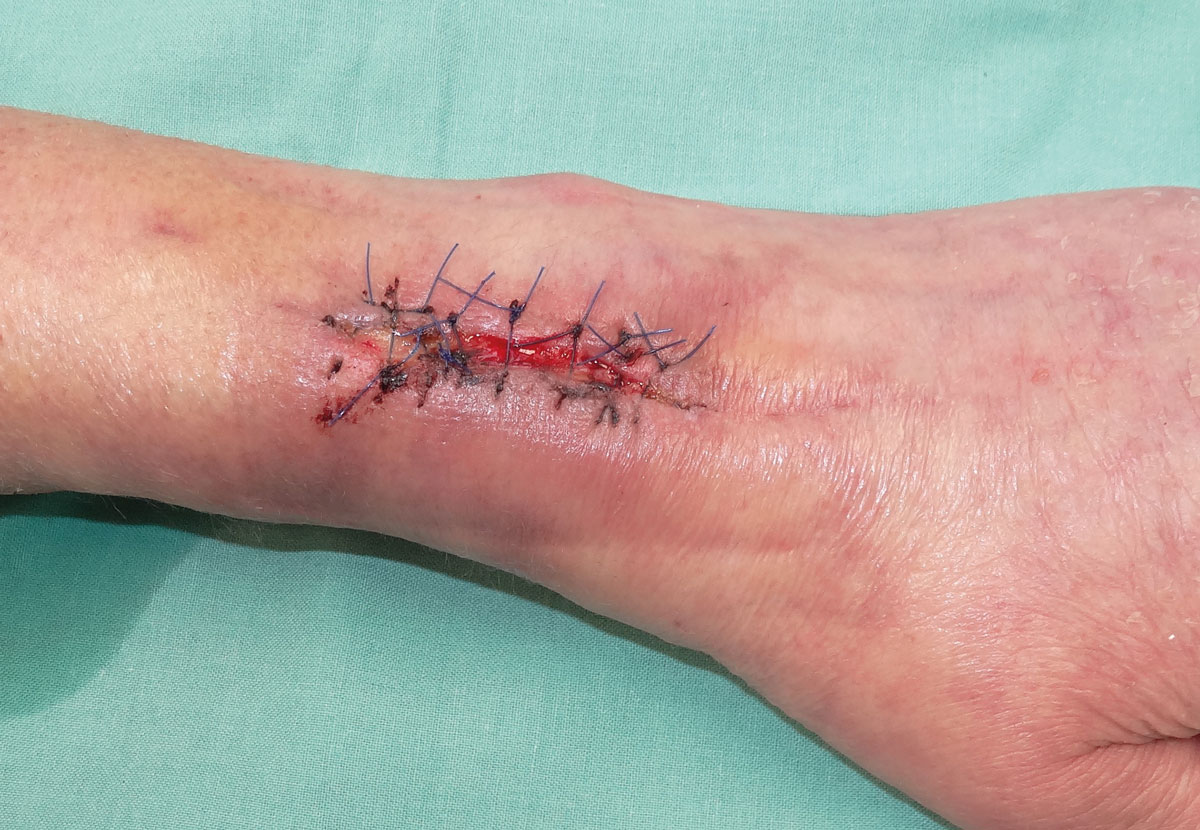
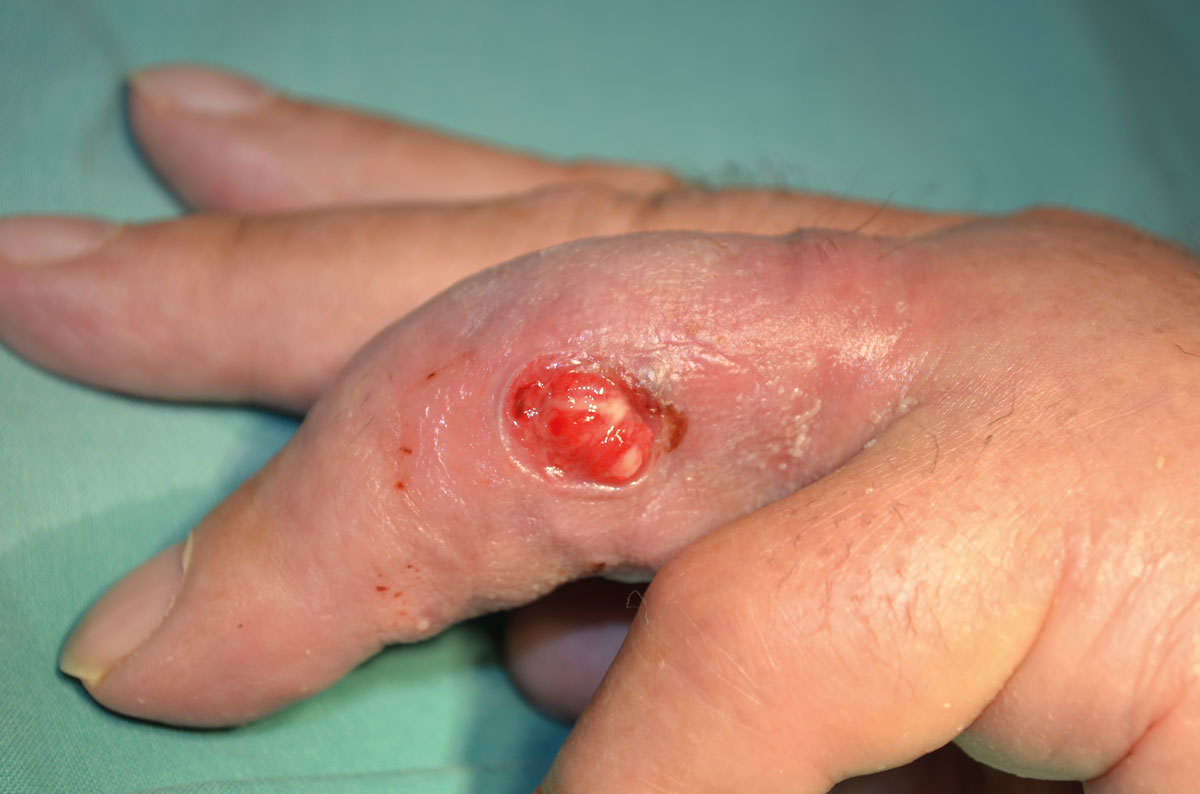
What are the different types of acute wounds?
There are two main types of acute wounds: traumatic and surgical.1
Surgical wounds are intentional incisions. They are precise cuts that create clean edges around the wound. They can be closed with stitches, staples or adhesive. Or they can be left open to heal.1 The average healing time for surgical wounds is 14 days.2
Traumatic wounds are injuries to the skin and underlying tissue that are caused by an external force.1 The average healing time for traumatic wounds ranges from 14-28 days, depending on the type of wound.2
Let’s take a close look at the different types of surgical wounds.
The four categories of surgical wounds
Surgical wounds are classified based on how likely they are to become infected after surgery. This infection risk can come from three sources:
- where the wound is on the body,
- how clean or contaminated the wound is, or
- from infection already in the body before surgery.
In Table 1, you can see the four categories of surgical wounds and their characteristics.
To find out how to identify infection in surgical wounds, read this article.
Table 1: The four categories of surgical wounds
| Class I: Clean | Class II: Clean-contaminated |
Class III: Contaminated | Class IV Dirty-Infected |
|---|---|---|---|
|
|
|
|
The different types of acute traumatic wounds
In Table 2, you can see the most common types of traumatic wounds. Find out how to assess a traumatic wound in this article.
Table 2: Traumatic wound types
Abrasion
Characteristics1: Superficial skin damage caused by friction that scrapes off the skin surface.

Laceration
Characteristics1: When the body tissue is torn. This could be from a blow from a blunt instrument, a fall against a rough surface or an accident with machinery.

Incision
Characteristics1: A controlled, clean cut by a sharp object, such as a scalpel or a knife. They can be superficial or deep.

Puncture
Characteristics1: A wound caused by a sharp, pointed object, such as a nail or a bite. Puncture wounds are more likely to get infected.

Crush wounds
Characteristics1: These wounds happen when a part of the body is placed under a high degree of force or pressure. This could be when a patient slams their finger in the door, or if a leg or arm is trapped under something heavy for a longer period of time.

Haematoma
Characteristics1: These wounds happen because of blunt tissue trauma. Skin tears are usually associated with haematoma.

Blisters
Characteristics1: A wound that happens when fluid collects between the dermis and epidermis. This can be caused by pressure from friction or shear.

References
- Acute Wounds. Identification, assessment and management of acute wounds. Coloplast HEAL course.
- Technologies, A. M. (2013). Incidence and prevalence of wounds by etiology 2013 report #S249, 1-5.
- Mangram, A. J., Horan, C.T., Pearson, M.L., Silver L.C., Jarvis, W.R., . (1999). Guideline for surgical site infection, 1999. Infection control and hospital epidemiology, 20(4), 247-.
You may also be interested in…
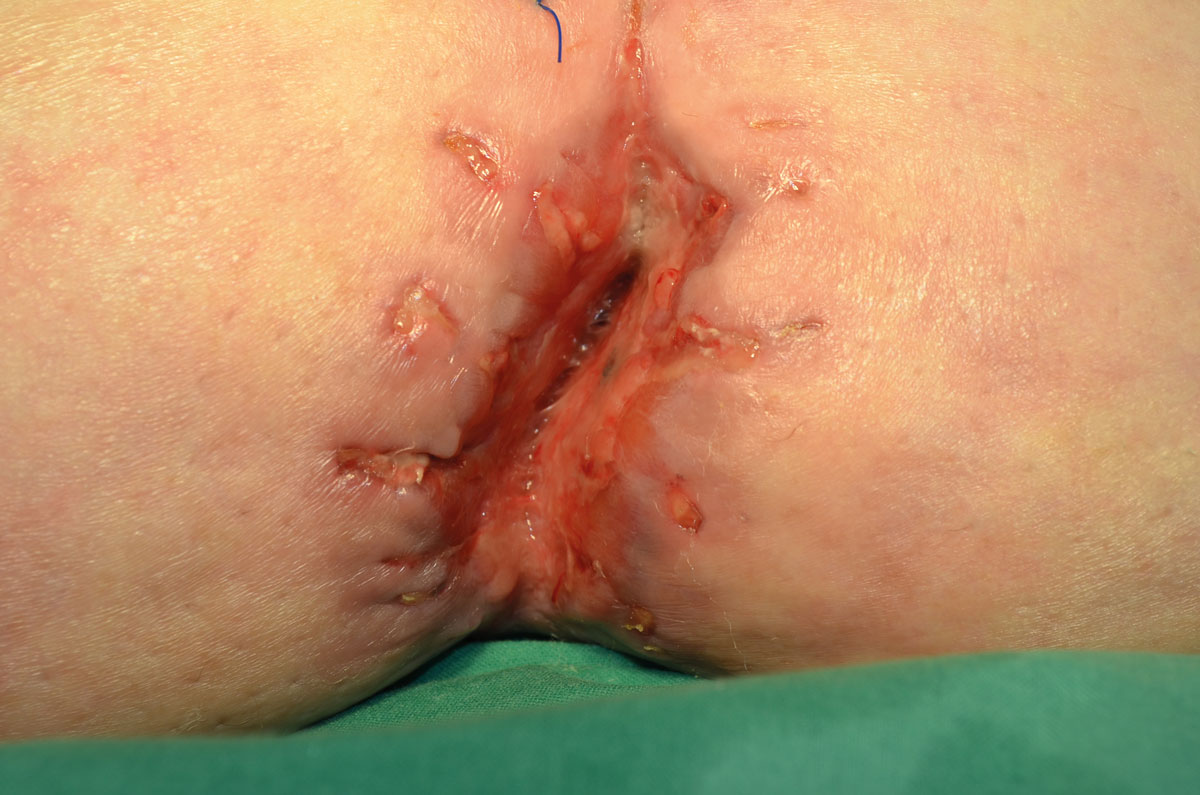
Patient case
Learn how a postoperative abdominal wound was managed with a silicone foam dressing.
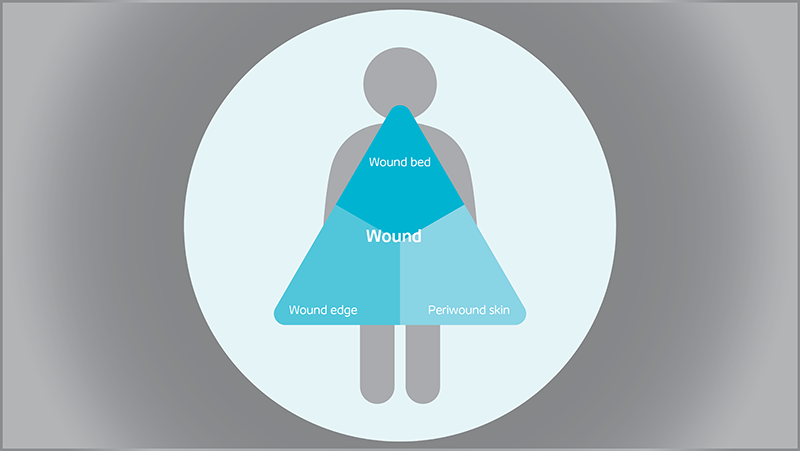
Triangle of Wound Assessment
Conduct a holistic and systematic wound assessment with our tool.

